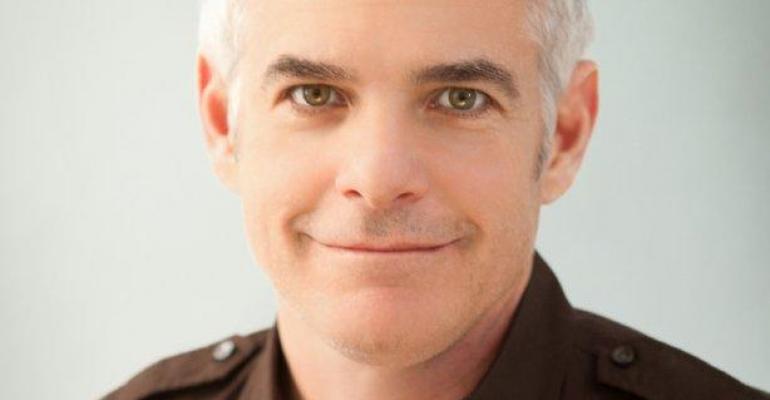
A group of automotive journalists stands outside the Brasserie Chez Francis restaurant in Paris in suspense, waiting to see the new Opel Adam small car introduced.
What happens next is a press event as unique and unconventional as the Adam itself. A trio of Adams pulls up. They are styled “Slam,” “Jam,” and “Glam,” representing each of the distinct Opel Adam trim “moods.”
Four young urbanite millennials, representing the target buyer the car caters to – fashion conscious and concerned with individual expression – introduce the Adam with slam poetry. They express what each of the themes of the Opel brand – individuality, connectivity, mobility and energy – means to them. Meanwhile, the hustle of normal Paris life continues around them.
It’s an example of how auto makers are turning to less conventional, more experiential marketing techniques at auto shows to differentiate their brands and cut through the clutter. (Full disclosure: My firm was involved in staging the Adam event.)
Boldness and noncomformity are nothing new for Opel. The brand already has a strong connection with the youth market in Europe. In addition, aside from the three trim levels, the Adam offers an almost unlimited number of customization choices (body and roof colors, interior trim designs and wheel sizes). As the brand’s first entry into the European minicar segment, Opel needed to send a strong message with the car’s world premiere at this year’s Paris auto show: the Opel Adam can express your personal style like no other car, and is an extension of who you are.
Captivating the media, consumers and other influencers at automotive trade shows can be a big challenge. Let’s start with the fact that most shows offer little “news.” That doesn’t mean there aren’t surprises, but for the most part, most new-car introductions or unveils are known by journalists well in advance of the show.
Another challenge of the major shows is the sheer scale. This year’s Paris show featured 13,000 journalists and more than 100 world premieres. It’s easy to imagine how information overload can happen.
Here are five tips to keep in mind when planning an immersive, experiential event for an auto show:
· Make a memorable statement. Shows give you an opportunity to send a message about what your brand stands for, where it’s headed, and continue to move consumer perception in a meaningful way. Opel’s statement with the Adam pop-up press conference was impactful because its message was tied to a powerful experience in the center of Paris.
· Stay on-brand. Whatever creative elements you introduce into an auto show press conference or exhibit, they must be consistent with your brand. Events that don’t accurately communicate what a brand stands for send confusing messages. Even the smallest details of your event should reflect the tone and personality of your brand.
· Eliminate unnecessary glitz. Most auto brands are afforded just 15 minutes at an auto show to discuss business updates and introduce multiple new models and concept cars. A simpler, visceral experience is nearly always more powerful than cramming extra design features and glamour, which may be distracting and which no one in your audience will remember when they leave the show.
· Focus on the future. If your brand has a heritage of engineering innovation, then it’s important to remind your audience of this. But don’t let it dominate your message at an auto show. Automotive journalists, and many consumers, tend to care most about who is going to lead the industry into the future. Where you are going next is much more important than what got you here.
· Challenge conventional thinking. Your brand can stand out from the clutter and lead the industry forward if you adopt the mindset that you can be an agent for change. This means challenging conventional thinking, in both your own company and your industry. Don’t cling to past approaches for the sole reason that they’ve worked in the past. Auto show events are a great opportunity to show what differentiates your brand. When planning your show, consider different approaches that will emotionally engage your audience, surprising them while making them think differently about you in relation to your competitors.
Automotive technologies are changing rapidly to accommodate consumer demand for higher safety, cleaner fuels and electronics that fit their connected lives. Against this backdrop, it seems like major auto shows like Paris, Geneva, Tokyo, Detroit and Shanghai, and the smaller regional shows, increase in importance, while the competition gets ratcheted up another notch.
By designing experiences that push creative boundaries and part ways with tried-and-true thinking, you can increase the chances that your brand’s key messages will stick with your audiences.
Jerry Deeney is an executive producer for inVNT, a brand communications agency that specializes in meetings and events, creative services, traditional and digital media, and brand environments.





